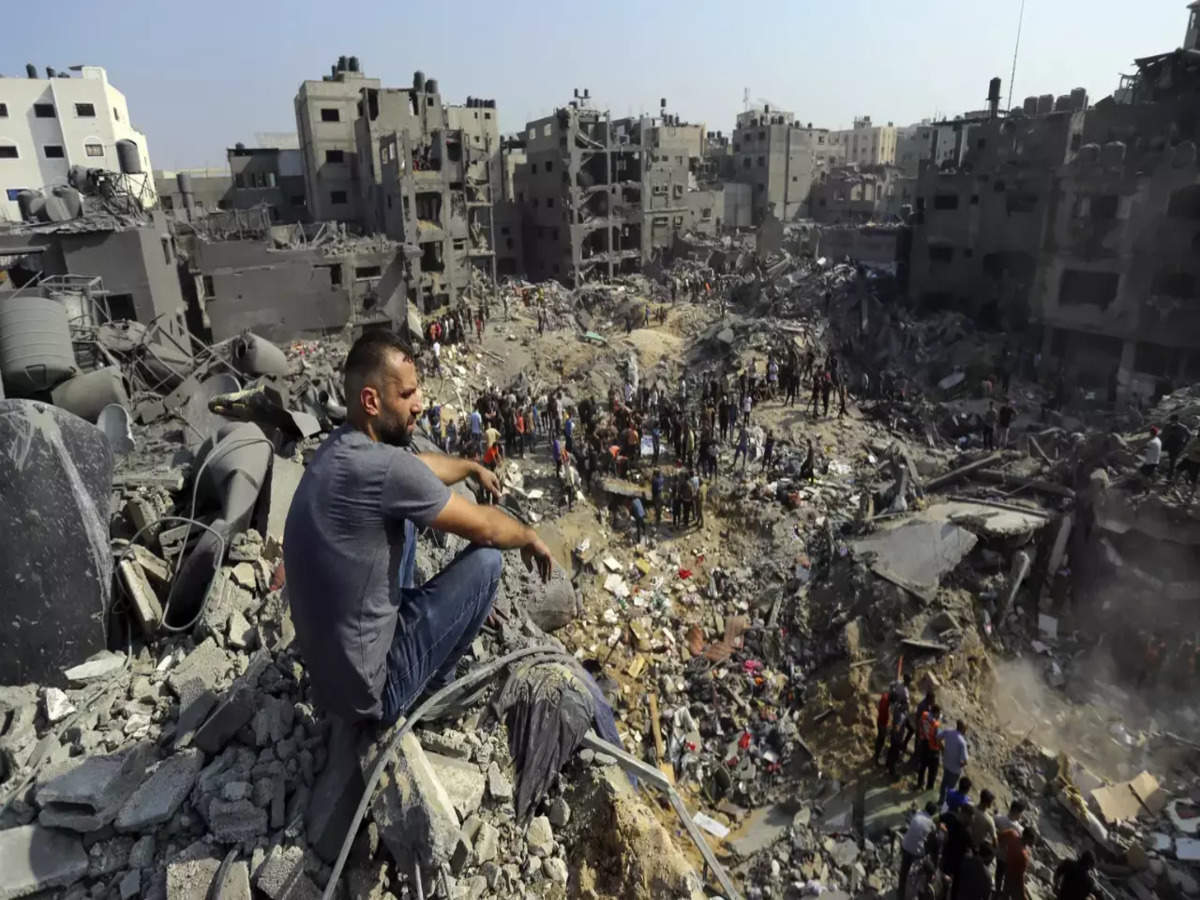


This week, Iran initiated a series of drone and missile attacks against Israel as a response to the alleged Israeli airstrike on its consulate in Syria, resulting in the deaths of three high-ranking Iranian military leaders. On the other hand, Philippines is all set to receive the BrahMos missile system from India as part of its ‘Horizon 2’ Priority Project aimed to modernize its military and uplift its maritime security.
The combat between Israel and Iran has opened a new front in the ongoing war between Israel and Hamas, adding to the intricacy of resolving the entire issue. So far, the nations like the US and Britain; and the UN have condemned this attack made by Iran, however, would this help in making the involved nations understand what are they up to remains the pertinent question. Though the US has also decided to enforce sanctions against Iran. If Israel has its supporters; Turkey, the Taliban government in Afghanistan and Hamas have expressed their unanimous support for Iran’s actions. Entry of Taliban into the entire issue may further escalate the tensions. So far, India has taken a diplomatic stance by calling on both nations to reduce tension.
Israel is fighting a three-face war with Hamas in Gaza on one hand, Hezbollah (supported by Iran though) in Lebanon on the other and with Iran directly. All these dimensions of the overall war between Israel and Hamas are connected. How can we forget that the war in Gaza was sparked by a Hamas attack on Israel last year. On 7 October, Hamas unprecedentedly attacked Israel with aerial strikes and its fighters who entered the societies of Israel near the Gaza Strip, killing hundreds of people, including women and children and taking dozens of hostages. Israel responded to this brutal terror attack of Hamas, but the innocent children, women and other civilians who were killed in this attack shown the ugly face of terrorism. Gaza remains a key matter of concern in this whole crisis, considering the fact that it is strategically located amid Israel, Egypt and Mediterranean Sea; and carries the densest population in the world. It has suffered gravely due to the latest terror attack of Hamas. Over 75 percent of the population of Gaza lives on the international aid as mentioned in the statements of the UN officials, and Israel’s attack on Gaza invited sharp reactions from the world including the UN. This conflict prompted many terrorist organisations to extend their support for Hamas, including Hezbollah to launch rocket attacks into northern Israel as an act of solidarity with Hamas. Afterwards, when Iran kept extending its continuous support to various proxy groups including Hezbollah against Israel, finally Israel targeted Iran’s diplomatic compound in Syria, and this led to a significant retaliatory strike by Iran against Israel on 13 April. Now Iran is accusing Irael of launching drone attacks on Iran. The situation would further intensify and needs the prioritised attention of international institutions like the UN, however its role in this as well as Russia-Ukraine war is now under serious question.
After the start of Russia-Ukraine war, many experts speculated that the next theatre of similar conflict could be Indo-Pacific region due to China’s manoeuvrings since a long time to assert its hegemony in the region. Considering China’s potential threat to disbalance the stability of the region, many nations, including India, came forward to enhance their unilateral, bilateral as well as multilateral efforts to ensure neutrality and stability of the region. As a part of their bilateral agreement, India and Philippines are about to accomplish a significant landmark in this mission.
This week, Armed Forces of the Philippines is obtaining the BrahMos missile system as part of their ‘Horizon 2’ Priority Project aimed to modernize their military. This sale has been facilitated through a government-to-government involving missile batteries, training for operators and maintainers, as well as the essential Integrated Logistics Support package.
This acquisition comes at a critical time, given the escalating tensions in the Indo-Pacific region. The BrahMos missiles, named after the Indian Brahmaputra and Russian Moskova rivers, are set to be transported to Philippines using Indian Air Force’s heavy airlifters – the Russian Il-76 and American C-17 Globemaster. These missile units are aimed to play a crucial role in safeguarding Philippines having one of the world’s longest coastlines. When the Indian External Affairs Minister visited Philippines in March this year, he had a meaningful conversation with his counterpart and the other dignitaries covering a wide range of topics including politics, defense, digital technology, trade and economics, culture and education. Though the security and stability of Indo-Pacific remained a key concern for both the nations. Needless to say, due to this common concern, both Philippines and India seem to be taking their strategic partnership to new levels.
While few nations are still going by the conventional, realist definition of power, and are engaging themselves in violent conflicts, there are nations like India that are collaborating to choose the path of development and collective security. Wars leave a scar on humanity forever! I hope the leaders engaged in tussle for power realise it at the earliest.